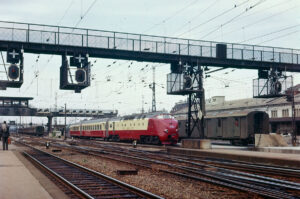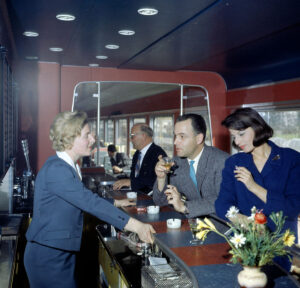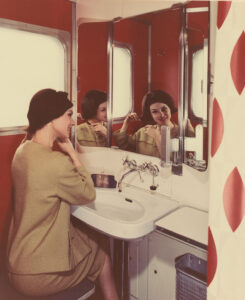
Trans-Europe Express
In 1961, SBB brought the electric TEE train into operation. The TEE is still regarded as a symbol of luxury travel and technological advancement.



Many people still consider the TEE the best train ever built. YouTube




In 1961, SBB brought the electric TEE train into operation. The TEE is still regarded as a symbol of luxury travel and technological advancement.





